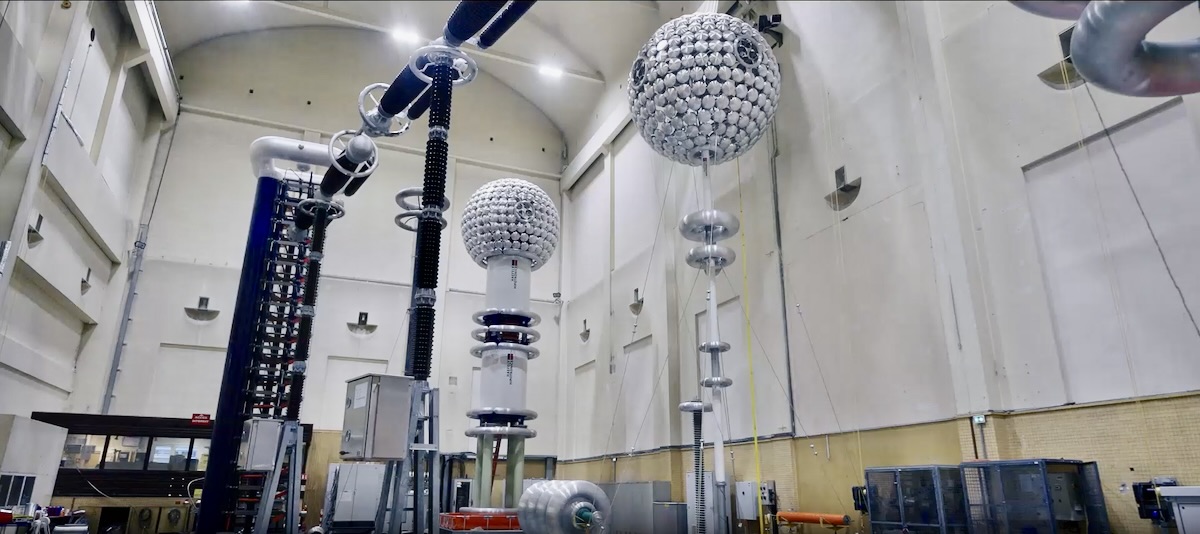Related News
Phantom Power: Saudi Arabia Joins the Condenser Revival as the Kingdom of Oil Pursues Big Solar

The 2020s have a lot in common with the 1920s when it comes to the buildout of electrical power. Back then, grids were largely driven by coal, which was polluting, to be sure, but offered stability to big, national electrical systems with power plants that often ran uninterrupted for long periods of time. Then came hydropower, with its distant electrical power generators. Power engineers, trying to figure out how to transmit power from faraway places, developed an unusual machine called a synchronous condenser.
Island Life: How Tourist Destinations Are Firming Up Local Grids for Future Renewables Growth

Everyone loves a vacation. But that’s the problem: The world’s holiday destinations are bursting at the seams with visitors. Workers at the Louvre in Paris recently went on strike, saying they were suffering from exhaustion.
Related News
A Dollar Saved: GE Vernova Looks to Drive Emissions Lower Across Worldwide Manufacturing Base
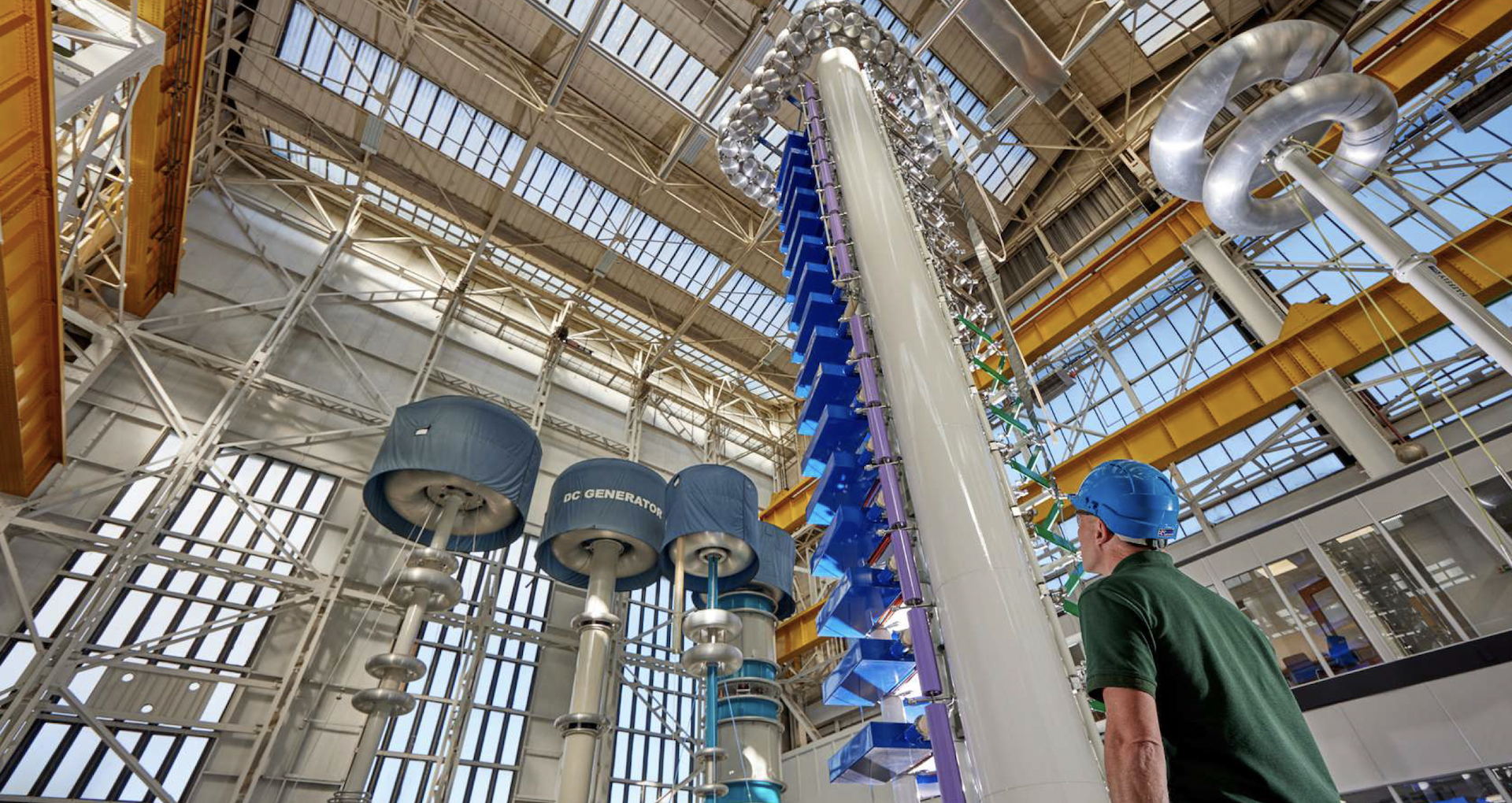
A charming aphorism like “A dollar saved is a dollar earned” probably sounds old-fashioned to the modern ear. In the world of manufacturing, however, where gains from efficiency can be substantial, the observation stands as an enduring truth. Today’s great industrial game, while still concentrating on financial savings, is very much directed to emissions savings, and all the ways to reduce energy inputs. How to approach that, exactly?
Related News
Leaning In to Safety and Quality: GE Vernova’s Wind Business Is Revolutionizing the Manufacturing Line
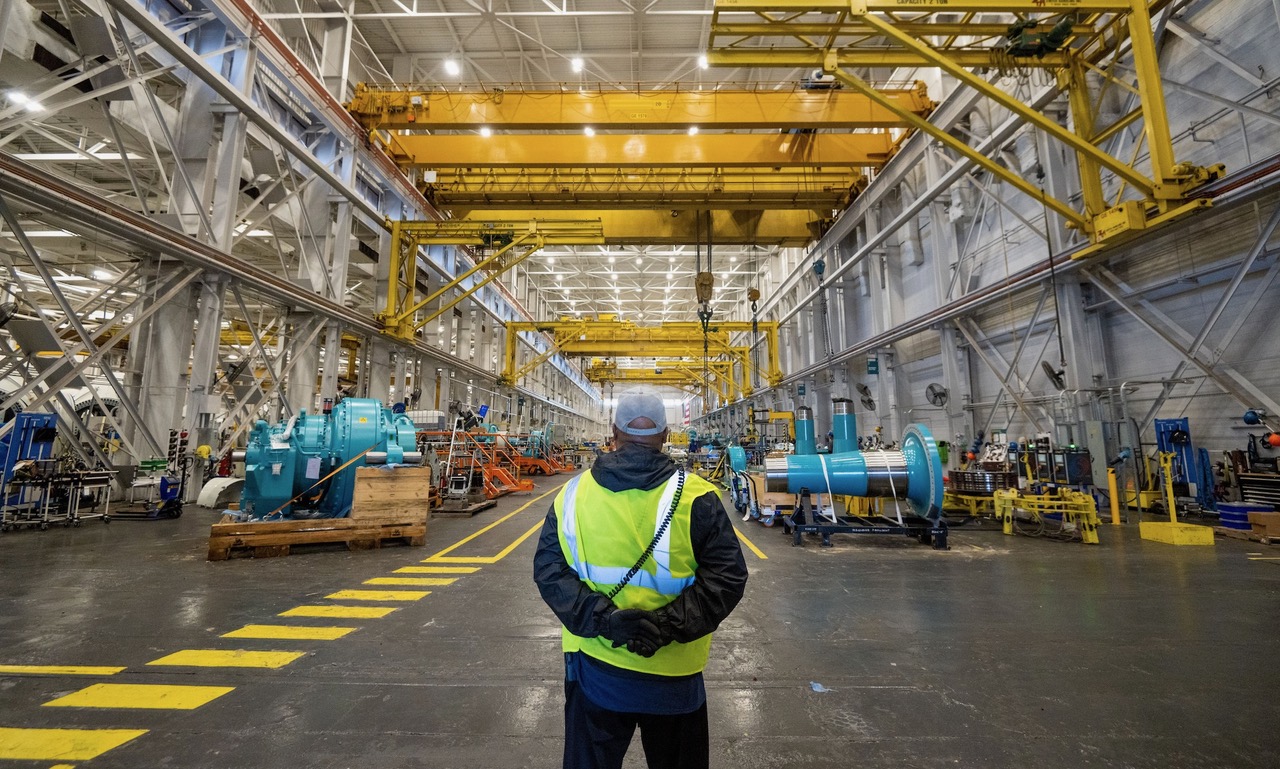
Global electricity demand busted out of its slumber last year, largely attributed to factors such as industrialization, data centers, and electric vehicles, leaping forward by 4.3%. That’s more than twice the annual average of the past decade, according to the International Energy Agency.
Related News
GE Vernova to advance Norway’s grid decarbonization with SF₆-free technology
-
GE Vernova to deliver two SF₆-free 420 kV gas-insulated substations (GIS) in Norway, utilizing its g³ technology to reduce greenhouse gas emissions
-
The substations are expected to modernize Norway’s grid, increase capacity, and enable the electrification of Melkøya Island, home to Equinor’s Snøhvit gas field and Hammerfest LNG plant
-
These two substations demonstrate GE Vernova's g³ gas technology, widely adopted by multiple Original Equipment Manufacturers (OEMs), as a leading SF₆-free solution for high voltage switchgear from 72.5 kV up to 420 kV
Hammerfest, Norway (May 21, 2025) – GE Vernova Inc. (NYSE: GEV) today announced the forthcoming deployment of two high-voltage 420 kV sulfur hexafluoride - free (SF6-free) gas-insulated substations (GIS) for Statnett SF, Norway’s Transmission System Operator (TSO), and Equinor ASA. Awarded in the fourth quarter of last year, the contract covers the design, supply, and installation of GIS units at Skaidi and Hyggevatn as part of Statnett’s 420 kV transmission line project—an important milestone supporting Norway’s energy transition and decarbonization effort.
The Skaidi substation involves upgrading the existing facility, while the Hyggevatn substation will be a completely new installation. Together, they aim to modernize Norway’s electrical grid, increase capacity, and electrify Melkøya Island, home to Equinor’s Snøhvit gas field and Hammerfest LNG plant. This initiative aligns with Statnett’s and Equinor’s commitment to achieving a sustainable energy transition while reducing greenhouse gas emissions.
The design of these next-generation substations will be based on GE Vernova’s g³ technology, which replaces SF₆ gas, a potent greenhouse gas commonly used in high-voltage equipment. The g³ technology is part of GE Vernova’s GRiDEA portfolio, a suite of decarbonization solutions that empower grid operators to meet their net-zero objectives. Launched in 2014, g³ gas shows an approximately 99% reduction in greenhouse gas contribution to global warming compared to SF₆, supporting the energy sector’s decarbonization goals.
Driving decarbonization of the grid across Europe
“This project in Norway is the latest of many contracts that we have signed for our new SF₆-free 420 kV T155g GIS since our first one in Scotland in 2020. GE Vernova’s g³ product portfolio has experienced strong commercial growth since the launch of our first SF6-free product, underscoring the trust placed in g³ by over 60 utilities in Europe and Asia,” said Eric Chaussin, Power Transmission Business Leader at GE Vernova’s Electrification segment. “This marks another important milestone in our journey to electrify and decarbonize the world’s grids. We are proud to support the climate ambitions of Norway.”
GE Vernova’s g³ technology roadmap covers a wide range of voltage levels, from 72.5 kV up to 550 kV. The EU Commission LIFE Programme recognized the potential of this innovative technology by co-funding the development of the SF₆-free 420 kV GIS interrupter under the "LifeGRID" project. The g³ technology is now enabling utilities to take immediate action to reduce the carbon footprint of their high-voltage power grids, supporting their decarbonization goals.
Statnett’s Skaidi and Hyggevatn substations are expected to become operational by 2029. GE Vernova has a track record of successful GIS Substations in Norway, including in Oslo Smestad, Sogn, and Hamang.
-ENDS-
Forward Looking Statements
This document contains forward-looking statements – that is, statements related to future events that by their nature address matters that are, to different degrees, uncertain. These forward-looking statements address GE Vernova's expected future business and financial performance, and the expected performance of its products, the impact of its services and the results they may generate or produce, and often contain words such as “expect,” “anticipate,” “intend,” “plan,” “believe,” “seek,” “see,” “will,” “would,” “estimate,” “forecast,” “target,” “preliminary,” or “range.” Forward-looking statements by their nature address matters that are, to different degrees, uncertain, such as statements about planned and potential transactions, investments or projects and their expected results and the impacts of macroeconomic and market conditions and volatility on business operations, financial results and financial position and on the global supply chain and world economy
end
About GE Vernova
GE Vernova Inc. (NYSE: GEV) is a purpose-built global energy company that includes Power, Wind, and Electrification segments and is supported by its accelerator businesses. Building on over 130 years of experience tackling the world’s challenges, GE Vernova is uniquely positioned to help lead the energy transition by continuing to electrify the world while simultaneously working to decarbonize it. GE Vernova helps customers power economies and deliver electricity that is vital to health, safety, security, and improved quality of life. GE Vernova is headquartered in Cambridge, Massachusetts, U.S., with approximately 75,000 employees across approximately 100 countries around the world. Supported by the Company’s purpose, The Energy to Change the World, GE Vernova technology helps deliver a more affordable, reliable, sustainable, and secure energy future.
GE Vernova’s Grid Solutions business electrifies the world with advanced grid technologies and systems, enabling power transmission and distribution across the power grid, and supporting a decarbonized and secured energy transition.
© 2025 GE Vernova and/or its affiliates. All rights reserved.
GE and the GE Monogram are trademarks of General Electric Company used under trademark license.
Press Resources

Investor inquiries
Media inquiries
In Sync: How a Steam-Era Machine Can Upgrade the 21st-Century Electric Grid

The peculiar machine described in the 1920 issue of GE Review — essentially a giant engine designed to produce no mechanical power — seems like nothing more than a charming relic from the early years of electrification.
A Library of Power Grids: How a Team of Power System Experts Curates Intelligence on Global Electricity Systems
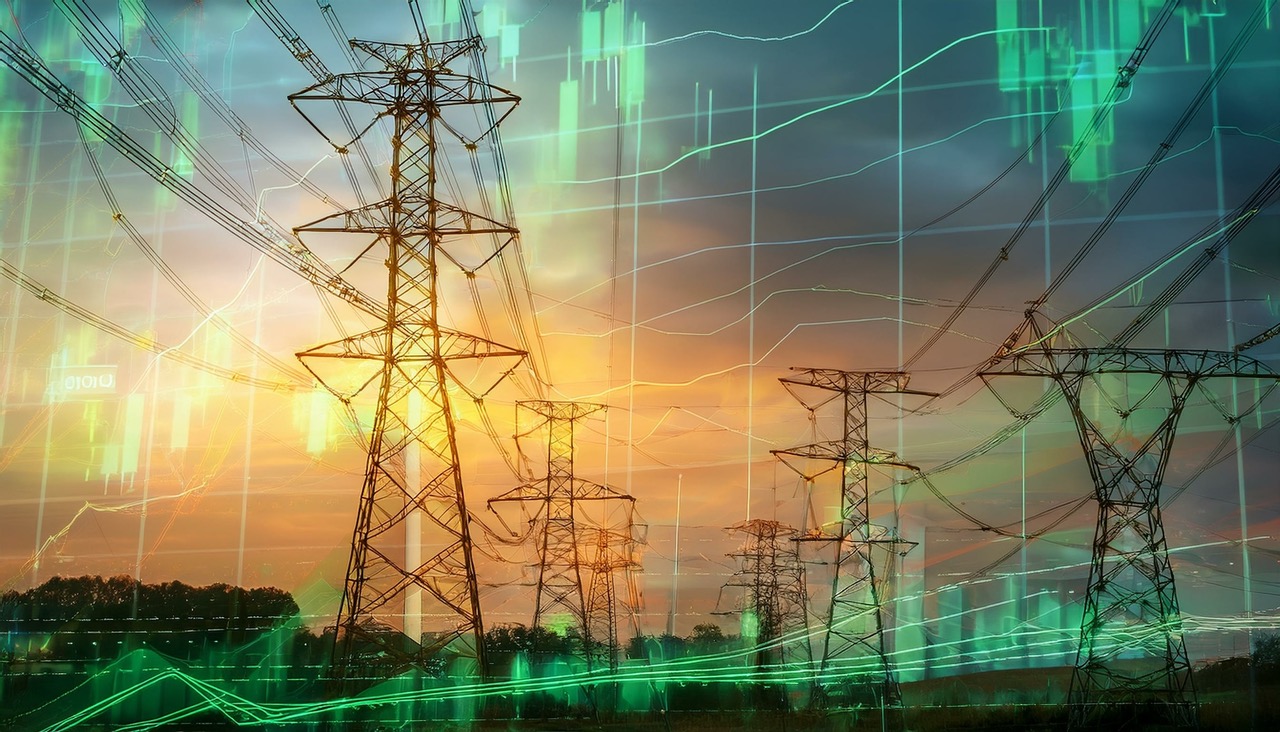
Foundational repositories like the ArcGIS Living Atlas of the World and the NOAA’s World Weather Records serve as libraries rich with the critical data used to analyze trends and forecast possible futures by multiple industries across the world. As we head into electricity’s expansive golden age, our knowledge base requires a similar specialized collection: intelligence and fine detail on global power systems.
One Year Strong: Celebrating Our Independent Journey
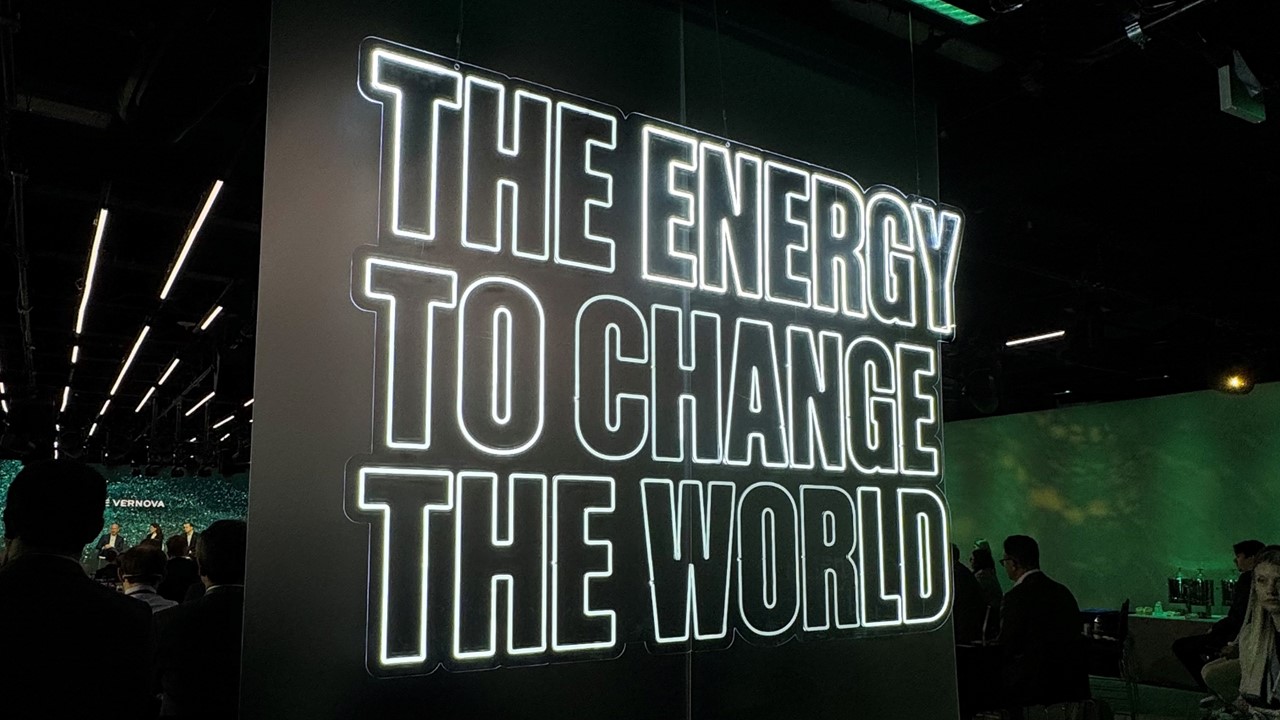
April 2 marks the one-year anniversary of GE Vernova, a purpose-built innovation company dedicated to electrifying and decarbonizing the world’s energy system. Drawing on more than 130 years of experience tackling the world’s energy challenges, the company’s installed base produces about 25% of the world’s electricity, from wind and hydropower to gas-powered and grid solutions. The company built a solid foundation for a strong and sustainable future in its first year.
- Page 1
- Next page
